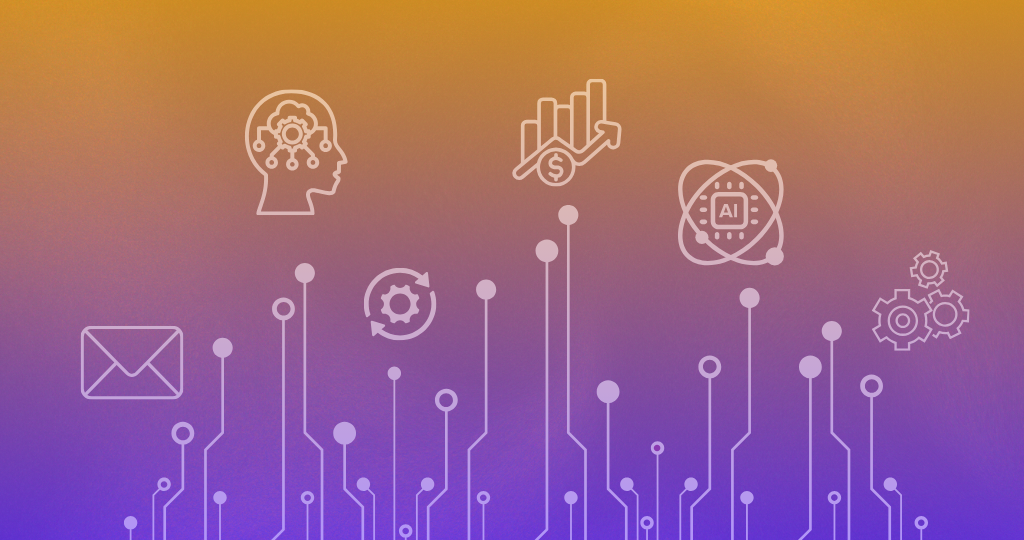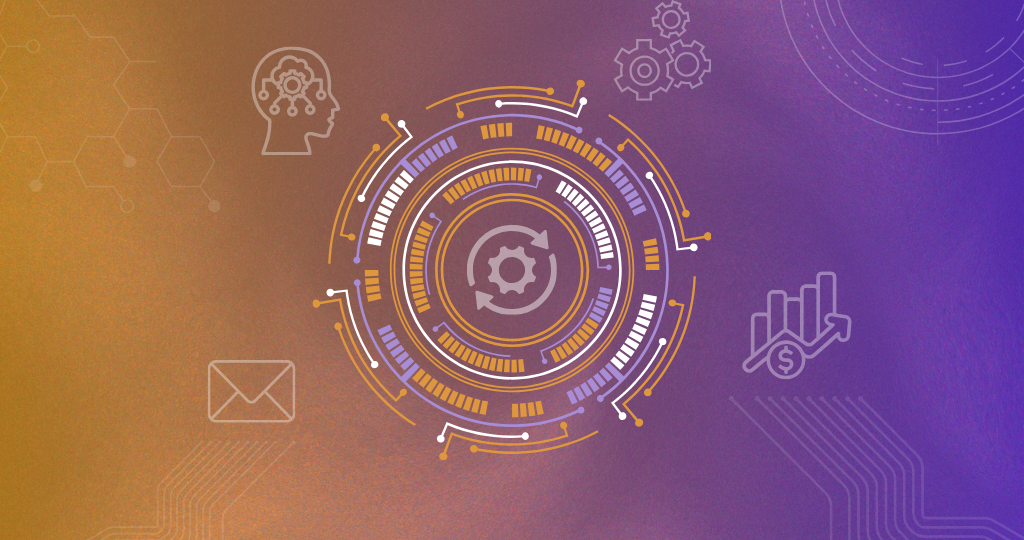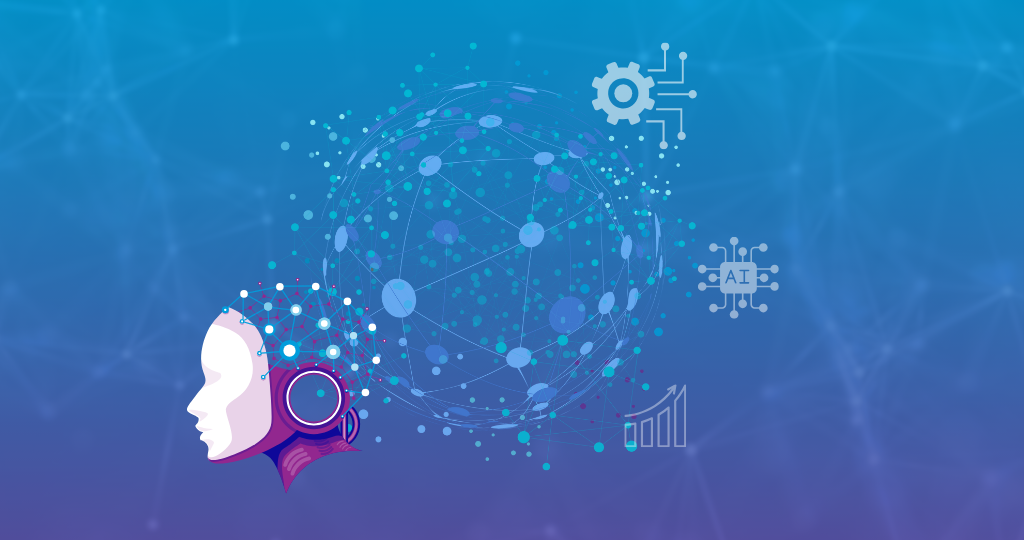Recognising AI-Driven Roles in Your Organisational Structure
In a rapidly evolving digital landscape, businesses are increasingly leveraging AI and custom automation tools to handle tasks traditionally performed by humans. At DigiKat, we’ve embraced this transformation by developing technology to manage roles like EA/Administrative Assistant responsibilities for our self as well as many of our clients. This shift prompts a critical question:
Should roles completed by technology still be represented in your organisational structure, and if so, how?
This blog explores why acknowledging AI-driven roles is essential, the strategies to integrate them into your org chart, and the safeguards necessary to maintain accountability and innovation.
The Role Still Exists: AI as the New Taskmaster
The responsibilities traditionally assigned to a role don’t vanish when technology takes over—they're simply performed differently. Tasks like scheduling, data entry, and communication coordination remain vital, even when driven by automation.
However, excluding these roles from your organisational structure can:
- Create blind spots in operational accountability.
- Undermine the value of automation as an organisational asset.
- Limit opportunities to innovate or optimise these functions further.
If AI were listed in your organisation’s structure, would it be seen as a tool or as a valued contributor to your operations?
How to Represent Technology-Driven Roles in Your Org Chart
Yes, you should recognise these roles, but with clarity. Here’s how to integrate them effectively:
1. Label It as a “Technology-Driven Role”
Formalising it as “AI-Driven Administrative Support” or “Automated Operations Specialist” ensures the role is visible, even if it’s technology-powered.
2. Assign Human Oversight
Every technology needs a steward. Assign a person or team to oversee its function, ensuring it aligns with your organisational goals and remains efficient.
3. Treat Technology as a Core Stakeholder
Consider listing “AI Platform” or “Automation Systems” as a key player in specific workflows. This approach signals that technology is as integral as any team member.
Why Recognising AI-Driven Roles Matters
Documenting technology-driven roles goes beyond operational efficiency. It offers:
- Strategic Clarity: Visibility into how tasks are completed and monitored.
- Cultural Shifts: Fostering an innovation-first mindset.
- Accountability: Ensuring that even automated processes have a clear line of responsibility.
How does your organisation define accountability for processes managed entirely by AI?
Systems to Safeguard Your Business
AI isn’t about “set it and forget it.” Integrating AI-driven roles requires strong systems and processes to maintain oversight and optimise performance.
Key Safeguards:
-
Define KPIs for AI
Metrics like task accuracy, processing time, and error rates ensure the technology is meeting its objectives. -
Establish Human Oversight
Assign a team to handle audits, troubleshoot errors, and ensure ethical use of the tool. -
Document Processes
Create detailed workflows for how the technology operates and integrates into your business. -
Develop Contingency Plans
Prepare for potential failures with backups and manual overrides.
AI: Optimisation, Not Abdication
The rise of AI doesn’t mean businesses have less responsibility; it means they must redefine it. As roles become increasingly automated, it’s vital to ensure accountability remains a priority. Recognising technology-driven roles in your org chart isn’t just practical—it’s strategic.
Final Thought:
AI isn’t about replacing people; it’s about optimising how work is done. Are you ready to embrace this shift and future-proof your organisational structure?
At DigiKat, we believe technology is a partner in driving efficiency and innovation. By acknowledging AI-driven roles in your structure, you pave the way for a future-ready organisation.
Contact us today to explore how custom technology and AI can transform your business. Let’s innovate together!
From the blog


